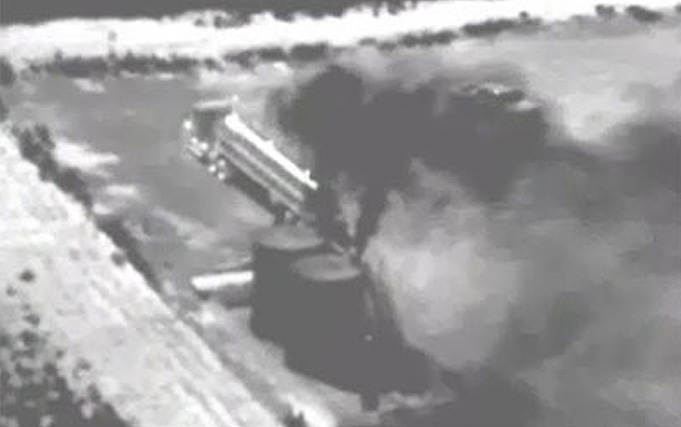For many, the Aliso Canyon gas leak was a wake up call. The massive natural gas leak up in the Porter Ranch community in northwest Los Angeles forced families out of homes, kids out of school, and damaged the community’s health.
The damage to the climate was also severe: natural gas, or methane, is a harmful climate-damaging greenhouse gas 86 times more potent than carbon dioxide when measured over 20 years. If measured over a longer time horizon, the facility still emitted as much pollution as six coal-fired power plants or 4.5 million cars. In short, the rupture laid waste to the gas industry’s claims that its product is clean, safe, or climate friendly.
As the leak came under control in February 2016, it was clear opinions about natural gas had shifted. Elected officials and agencies demanded strategies to reduce our dependence on Aliso Canyon. Los Angeles demanded a plan for 100% clean energy, the Public Utilities Commission authorized an emergency round of energy storage development, and LA Metro Board Members requested a plan to move to 100% electric buses.
But 16 months after the leak began, the region risks veering far, far off course from its bold vision and plans. Decision-makers across the region confront an array of proposals that commit billions of dollars to natural gas, locking Southern California’s reliance on Aliso and natural gas for decades to come. Here’s a brief rundown of the risks:
Los Angeles Metro and Natural Gas Buses: As soon as April, staff at Metro will send a request to their Board requesting authorization to buy up to 1,000 compressed natural gas buses, replacing nearly half of all of Metro’s buses. The expenditure, which we estimate at $500 million, threatens to lock the agency and its riders into polluting buses for another two decades.
Los Angeles Department of Water and Power’s Natural Gas Power Plants: The Los Angeles Department of Water and Power proposes a $2.2 billion expenditure to rebuild its aging fleet of local power plants. These new power plants threaten to lock the utility and city into natural gas up to and likely beyond 2050.
South Coast Air District’s Gas-Powered Clean Air Plan: The Air District just approved a new plan to bring the region back into attainment with federal smog standards. The plan depends on up to $14 billion in taxpayer funded incentives to clean up the fossil fuel industry’s pollution. The plan contemplates a range of options for cleaning up our air, including phasing out gas appliances and promoting electric vehicles. So, it was troubling to see the Board debate an amendment that directs staff to prioritize natural gas technology over cleaner alternatives. This debate between natural gas and clean solutions will now shift to the implementation phase of the plan.
None of this is chump change. We are talking about a massive, multi-decade, multi-billion dollar investment in natural gas, just a year out from the Aliso Canyon disaster. With the weight of the gas industry bearing down, the coming months will test leaders like Mayor Eric Garcetti’s resolve to resist and chart a better course for the region. No one is saying we can or should entirely stop burning gas tomorrow. But, investing Southern Californians precious bus fares, electric bills, and tax dollars in new fossil fuel infrastructure puts our health and future at risk.
There’s still time to get this right. Los Angeles can halt its proposed power plants and pursue in earnest a clean energy strategy to move toward 100 percent clean energy. After all, recent energy storage projects have shown that storage costs less than gas and enhances grid reliability. Metro’s Board can turn back the proposal for new CNG buses and embrace an all-electric fleet. The most recent wave of new electric buses not only get 350 miles to the charge, but also will save Metro money over the life of the electric bus through reduced fuel and maintenance costs. And the Air Resources Board can make clear when it reviews the plan that we can’t achieve clean air with huge investments in polluting gas.
This is a make-or-break moment for the L.A. region’s future. More than ever, the moment requires bold, courageous leadership from our regional officials. We have the technology to avoid new natural gas investments, the public demand for a healthier future, and the right leaders to stand up to the fossil fuel interests polluting our air and politics across the region and country. Together, we must resist efforts to lock our region into a fossil fueled future.
